July 22 - 28, 2012: Issue 68
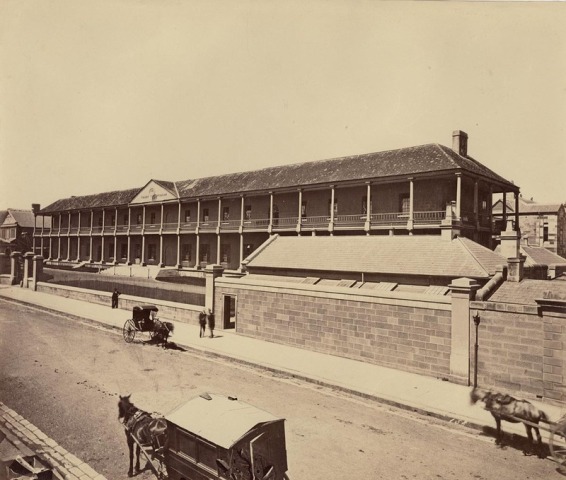
The Sydney Infirmary 1870[attributed to Charles Percy Pickering, Digital Order No.a089176, Courtesy State Library of NSW
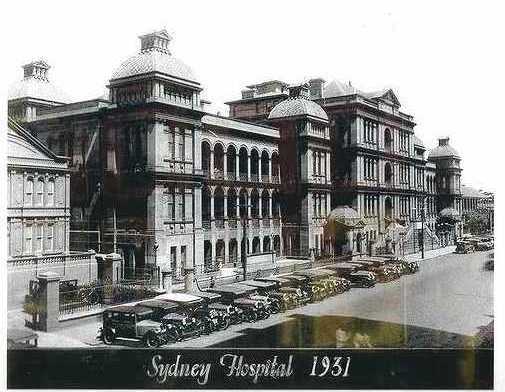
Sydney Hospital 1931. Courtesy Sydney Hospital Archives.
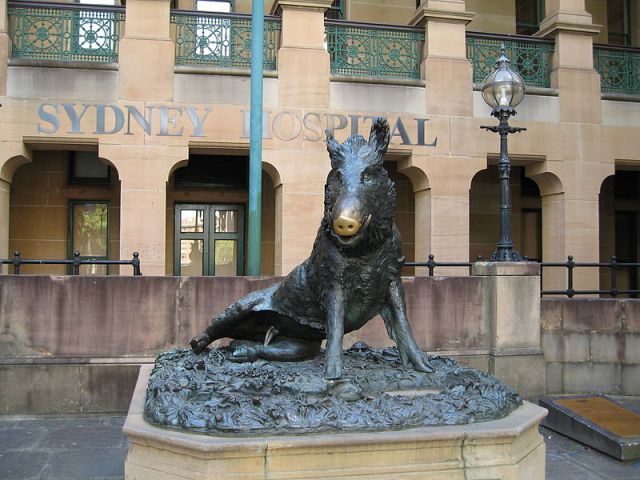
Il Porcellino, Sydney Hospital, Sydney, Australia. Photograph by Greg O'Beirne
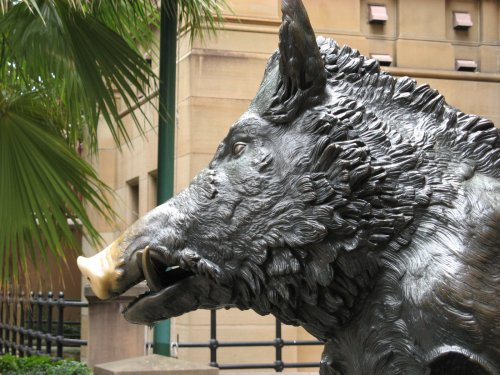
Il Porcellino close up by Piero Fiaschi
|
|
Copyright George Repin, 2012. All Rights Reserved.
IL PORCELLINO
by George Repin
The 200th anniversary of the laying of the foundation stone of what we now know as the Sydney Hospital, by Governor Lachlan Macquarie, was celebrated on 30 October 2011. Originally called the Sydney Infirmary the hospital was nicknamed the Rum Hospital by the Sydney community because of the way it was funded.
When the British Government refused to provide money to build a hospital Governor Macquarie entered into a business arrangement with three individuals who saw the opportunity to turn the Governor’s need for a hospital to their financial advantage. They undertook to build the hospital if provided with convict labour and if given a monopoly to import rum into the colony – originally 45,000 gallons later increased to 60,000 gallons. However, for various reasons, they did not make as much money as they had hoped.
Sydney Hospital went on to be associated with a number of “firsts” in Australian medicine including the first medical research institute, the Kanematsu Memorial Institute of Pathology in 1933 and a number of specialized medical units.
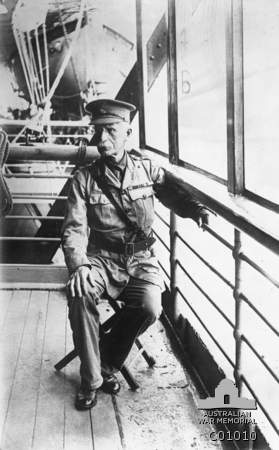 Many of Sydney’s outstanding doctors have been associated with the hospital over the years – some with interesting stories. One of these was Dr Thomas Henry Fiaschi who was born in Florence in 1853 of Anglo-Italian parentage. After his education at the Universities of Pisa and Florence he migrated to Australia at the age of 22, initially practising at Cooktown and later in Windsor. In time he became a Consulting Honorary Surgeon to Sydney Hospital serving from 1893 to 1913. He was Honorary Surgeon to Governor Generals, became Chairman of the Sydney Hospital Board of Medical Studies in 1909 and was a distinguished military surgeon. He died in 1928. His son Piero also a Sydney Hospital Honorary Surgeon died in 1948
Many of Sydney’s outstanding doctors have been associated with the hospital over the years – some with interesting stories. One of these was Dr Thomas Henry Fiaschi who was born in Florence in 1853 of Anglo-Italian parentage. After his education at the Universities of Pisa and Florence he migrated to Australia at the age of 22, initially practising at Cooktown and later in Windsor. In time he became a Consulting Honorary Surgeon to Sydney Hospital serving from 1893 to 1913. He was Honorary Surgeon to Governor Generals, became Chairman of the Sydney Hospital Board of Medical Studies in 1909 and was a distinguished military surgeon. He died in 1928. His son Piero also a Sydney Hospital Honorary Surgeon died in 1948
Il Porcellino, the statue of a wild boar standing on the frontage of The Sydney Hospital in Macquarie Street, was donated to The Sydney Hospital by the Marchessa Clarissa Torrigiani in memory of her father Brigadier General Dr Thomas Fiaschi and her brother Piero. The Marchessa, though born in Australia, married an Italian and lived in Florence.
Few of those who pass by fail to notice the boar with his snout highly polished by the rubbing of the hands of many people – people who make a wish and drop a coin into the receptacle at his feet. But how many of those who enjoy seeing him regularly or of those who have their photographs taken with Il Porcellino as a memento of their visit to Sydney know how he came to be there?
The original Il Porcellino, a bronze statue modeled by Pietro Battiste Tacca, stood keeping watch, as it were over, the goods displayed in the Mercato Nuovo (the Straw Market) in Florence since 1547. The original now is in a museum and has been replaced by a copy. The Marquesa’s gift to Sydney is a copy of the original statue.
It stands on a sculptured base with small creatures such as frogs, newts, crabs, lizards, snakes and a tortoise sitting on broad leaves. A small pool catches the drops of water dribbling from his nose. Donations deposited in the pool support research, education and development at The Sydney Hospital.
Reminders of the hospital’s history are provided by two plaques set in the pavement near Il Porcellino. The first is the foundation stone plate, originally located in the central pavilion of the Rum Hospital, laid by His Excellency Lachlan Macquarie, Governor in Chief of the British Territories in NSW, on October, 30 1811. The other is a reproduction of the Grant of Land for the site of the present hospital, dated 12 November, 1878.
The original South Wing of the Rum Hospital still stands as the Mint Museum while the North Wing has been incorporated into the NSW Parliament House.
A plaque in front of Il Porcellino says, simply, “This wild boar has come from Florence to Sydney as a link of friendship between Italy and Australia in memory of Brigadier General Thomas Fiaschi who loved, and served so gallantly, both countries”.
Footnote: Dr Fiaschi retained a long association with and love for the Windsor District and an interest in viticulture. By 1889 he had a vineyard of 55 acres. To handle the vintage he built the Tizzana Winery at Ebenezar in 1887 – “a touch of Tuscany on the banks of the Hawkesbury River.”
Photo in Text: Informal portrait of Colonel (Col) Thomas Henry Fiaschi DSO of Windsor, NSW, Australian Army Medical Corps, on board the transport RMS Mooltan. Col Fiaschi was Commanding Officer of 3 Australian General Hospital (3AGH); he embarked on 18 May 1915, aged 62, and was discharged on 10 July 1916.